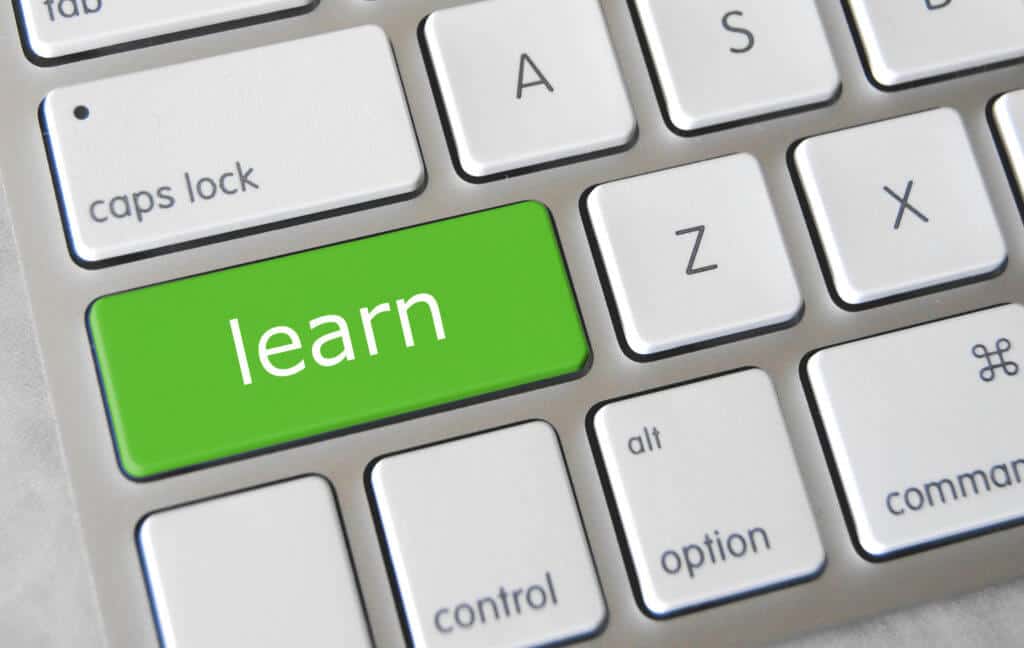
What is 21st Century Learning and What Could It Look Like?
Young people often learn how to use different forms of electronic media with ease and without the need for an adult. They become competent skateboarders, they can teach themselves to dance, how to play the latest video games and to make music without any adults. We can identify many ways in which young people take responsibility for learning and to manage it effectively. Yet, many schools and teachers of physical education in both primary and secondary education do not appear to recognise this and carry on with out-dated techniques. Just look at the statistics for how many young people love being active and take part regularly in different forms of physical activity: pitifully low. Is it a result of the way they learn in schools, the nature of the experience, the curriculum or is the fault of young people (I cannot believe this)? Yet, I read so many blogs about practical ways of developing new thinking: there are clearly many teachers with good ideas and the willingness to explore. Perhaps the problem is that we need a more coherent vision of what PE can achieve and secondly, we need to communicate this in practical ways.
I would suggest that one aspect of this coherent vision is to make room for self-directed learning in the learning repertoire and to give young people a genuine voice in their own learning and the experience of learning to love being active. There are many ways in which self-directed learning can be implemented in schools (and in coaching) yet there seems to be a barrier to using this approach. Is it a fear of chaos developing? Does change mean a lot more work? Or, have we bred dependency on certain forms of learning? Fundamental Movement Skills (FMS) is a case in point; it appears to be a taken-for-granted assumption that this is the way forward. Yet I see very few cases of self-directed learning in FMS, it appears to be didactic teaching and creating dependency on the teacher for learning.
Going back to notion of a more coherent vision of Physical Education in the context of 21st century learning, perhaps we ought to revisit some of the key features of learning that we need to address. I explored this and it was very rare to find anything associated with Physical Education. So I am outlining some of these key features and I would argue very strongly that the practice of Physical Education could build them into the way that learning is organised.
Personal Capital
- Self-directed learning
- Behavioural flexibility
- Imagination to see possibilities and creativity
- Independence
- Responsibility
- Learning to make informed choices
- Giving young people a voice
Acquire Personal Inner Resources that Underpin Learning
- Self-confidence
- Enthusiasm
- Optimism
- Perseverance
- Determination
- Patience
- Resilience
Social Learning and Relationships
- Learning to work productively with others
- Co-operating with others on tasks
- Sharing and taking turns
- Learning with and from others
- Empathy
- A sense of belonging
Caring About Others
- Consideration of others and unselfishness
- Trust and respect for others
- Sensitivity to others
Emotional Learning
- Emotional attachment to purposeful physical pursuits
- Helping a young person to deal with:
- Emotional outbursts, aggressive reactions, anger, anxiety, tension, disappointment, fear, envy
- Helping a young person to experience:
- Joy, satisfaction and contentment
- Self-regulation and self-control
I would argue that all these characteristics are (or should be) central to Physical Education but they are seen as secondary to content considerations (and a focus on skill) and usually they are taken-for-granted assumptions that are by-products. This position needs to be revised and these key features (see above) need to have a much higher priority because they will reinforce young people’s learning and represent the educational validity of Physical Education. I would suggest also that they are key to enabling young people to see Physical Education in a different light – one that can enrich their lives and recognise purposeful physical pursuits as more significant in their lives.
This would require a major rethink on the part of the Physical Education profession and they would need considerable support especially in practical ideas. But, somehow, I feel this may not be enough. Perhaps the problem is too deep-rooted?


[…] 21st Century Learning and Recognition of Cultural Worth in Physical Literacy by Len Almond continues his series exploring Physical Literacy and trying to build a clearer framework that practitioners can use in their work. […]
[…] What is 21st Century Learning and What Could It Look Like? […]